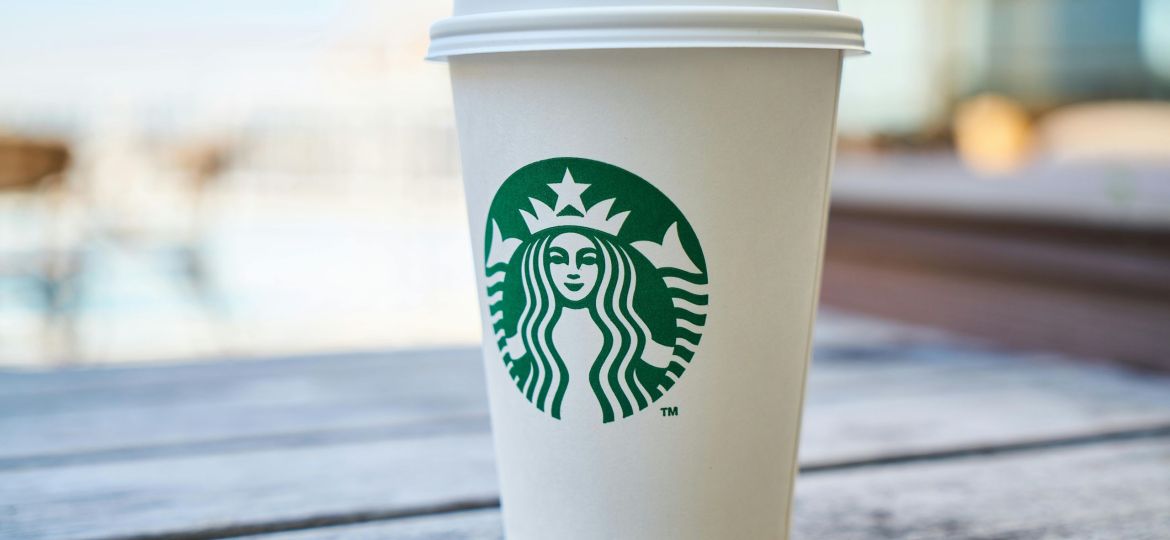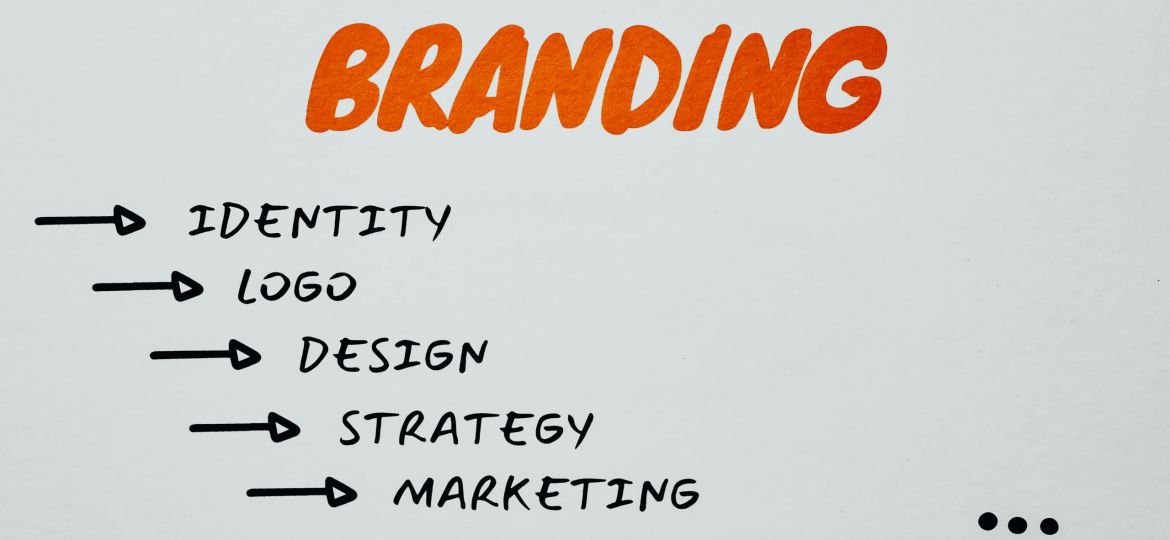Event Marketing: How Event Design Impacts Audience Experience
When it comes to event marketing, the design of an event plays a pivotal role in shaping the audience’s experience. A well-thought-out event design can leave lasting impressions, strengthen brand loyalty, and enhance engagement. In today’s competitive market, creating a memorable and immersive environment is no longer optional—it’s essential for success.
Why Event Design Matters in Event Marketing
Event design is more than just aesthetics; it encompasses the entire atmosphere, including layout, lighting, decor, and even the flow of activities. A smartly designed event can emotionally connect attendees with the brand’s story, making marketing efforts more effective. According to Event Manager Blog, experience-driven events outperform traditional marketing tactics by fostering deeper relationships between brands and audiences.
Key Elements of Impactful Event Design
While each event is unique, some universal elements contribute to impactful event design in event marketing:
- Theme Consistency: Your visual and emotional theme must align with your brand message.
- Spatial Planning: The layout should facilitate easy navigation and natural engagement points.
- Sensory Engagement: Incorporate visual, auditory, and tactile elements to create a multisensory experience.
- Brand Integration: Seamlessly weave your branding throughout the event in organic ways.
- Flexibility: Design spaces that adapt to different audience needs and event scenarios.
Strategies to Enhance Audience Experience Through Event Design
Applying specific strategies in event marketing can turn a good event design into an exceptional one:
Storytelling Through Design
Audiences connect better with narratives. Build a story arc into your event design—from entrance to exit—so attendees feel part of a journey. This powerful storytelling method cements emotional bonds and reinforces your marketing goals.
Interactive Installations
Incorporating interactive elements not only adds fun but also boosts engagement. Think touch screens, participatory art, live polls, and VR experiences. These tools foster personal interaction and deepen brand connection, making your event marketing efforts more effective.
Personalization
Tailoring parts of the event to individual preferences dramatically enhances the experience. Use data-driven insights to offer customized sessions, VIP lounges, or branded merchandise suited to audience segments.
Event Design and Emotional Engagement
Successful event marketing hinges on emotion. Designing with the emotional journey in mind—starting with excitement at entry, comfort during the event, and a sense of accomplishment upon exit—ensures a memorable experience. Using color psychology, music, and ambient lighting can directly influence emotional triggers and improve audience satisfaction.
How Tech Integrations Elevate Event Marketing Designs
Technology is revolutionizing event marketing strategies. Integrations like AR experiences, beacon technology for navigation, and mobile event apps contribute to a seamless, innovative, and elevated experience. These tools not only enhance user engagement but also allow brands to track behaviors for post-event marketing analyses.
Examples of Technology Enhancements in Event Design:
- Event Apps: Offer personalized scheduling and networking features.
- Augmented Reality (AR): Create immersive product showcases.
- Beacon Technology: Deliver location-based content and offers.
- Virtual Reality (VR) Zones: Give attendees hands-on brand experiences.
Case Studies: Brand Activations Through Event Marketing
Brand activations are an excellent example of event marketing strategies where thoughtful design creates unforgettable experiences. Whether it’s a pop-up shop, an interactive booth, or a dynamic product launch, design elements play a critical role in conveying brand identity and capturing attention.
Case Study 1: Nike’s Epic React Hyperdunk Launch
Nike’s event featured interactive installations and immersive trials, perfectly blending storytelling and audience interaction. The well-designed space allowed visitors to experience the product emotionally and physically, epitomizing great event marketing strategy.
Case Study 2: Google’s Pop-Up Store Campaigns
Google utilized minimalist, clean designs that highlighted their products while offering playful zones for consumers to engage with technology firsthand. Every design element was meticulously planned, resulting in massive social media buzz and on-site conversion rates.
Important Considerations in Event Design for Audience Experience
When planning your next brand activation or corporate event, always consider:
- Audience Demographics: Design spaces tailored to the preferences and needs of your target audience.
- Accessibility: Ensure all installations are accessible to everyone, including people with disabilities.
- Flow and Movement: Facilitate smooth transitions to avoid congestion and create comfort zones.
- Environmental Impact: Use sustainable materials and environmentally friendly designs to appeal to eco-conscious audiences.
Final Thoughts: Aligning Event Design With Your Marketing Goals
In the realm of event marketing, your event’s design is a strategic tool that supports brand objectives, enhances audience experience, and drives deeper engagement. By harnessing storytelling, interactivity, personalization, and technology, brands can deliver unforgettable moments that resonate long after the event ends.
For more insights on crafting unforgettable experiences, explore our guide on How to Create Unforgettable Brand Activations.
Designing to impress is designing to succeed. Start planning your next event with the audience’s experience at the heart of your strategy, and watch how event marketing can transform your brand reach and resonance.




